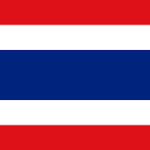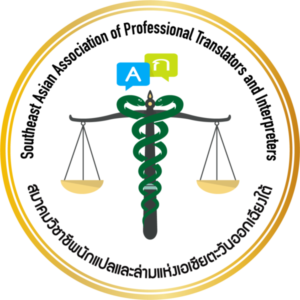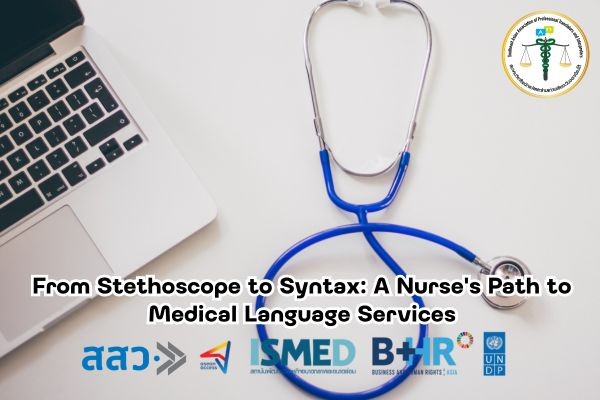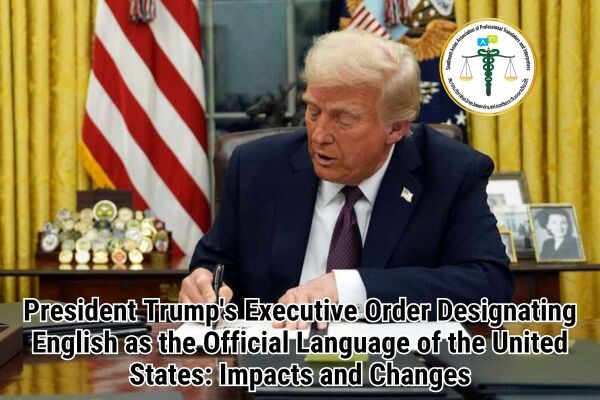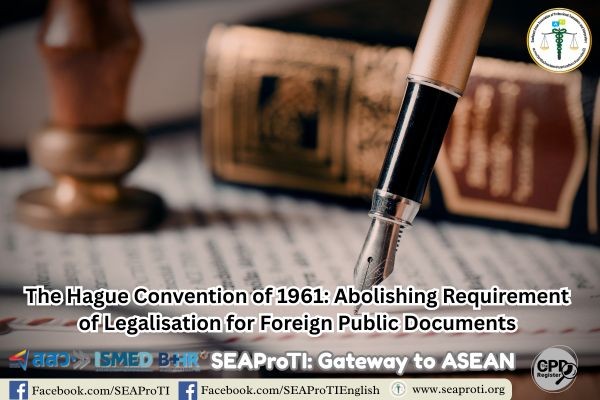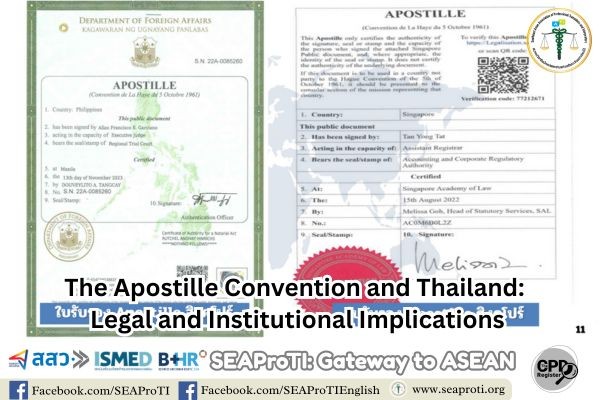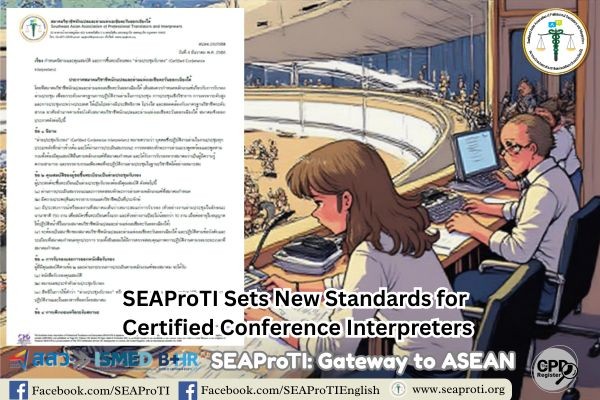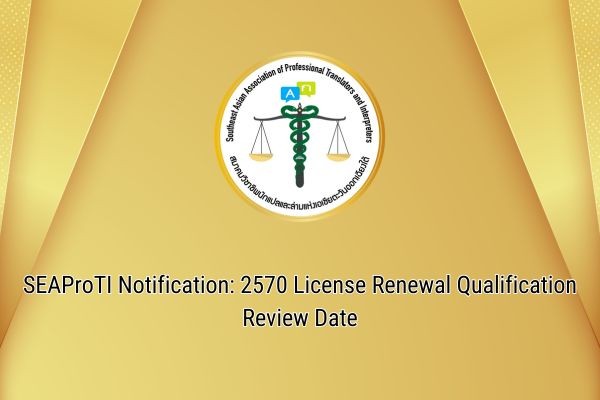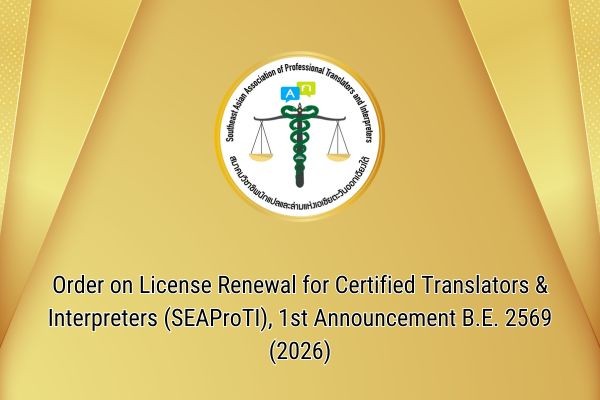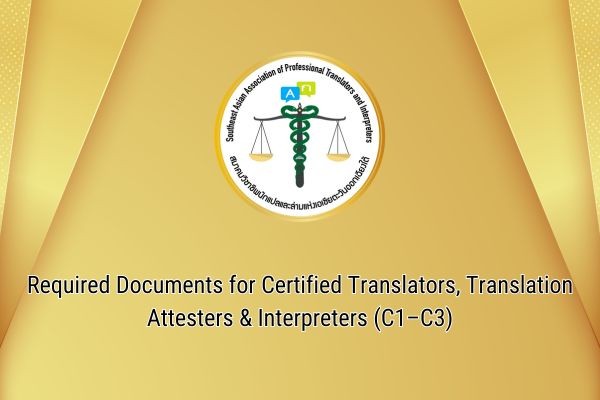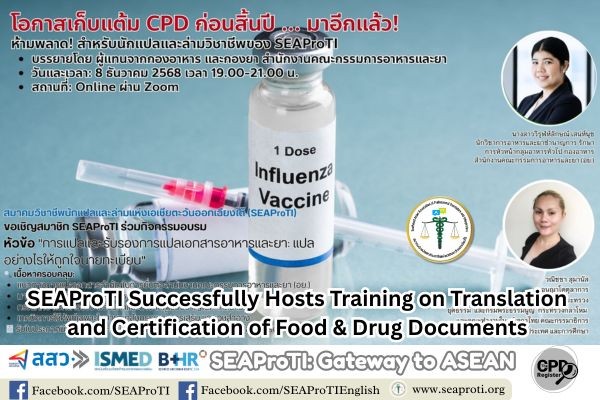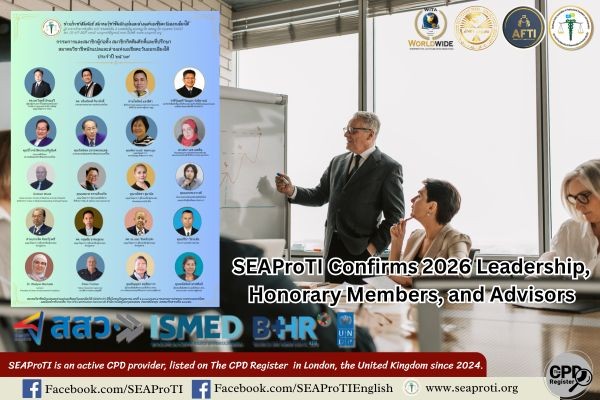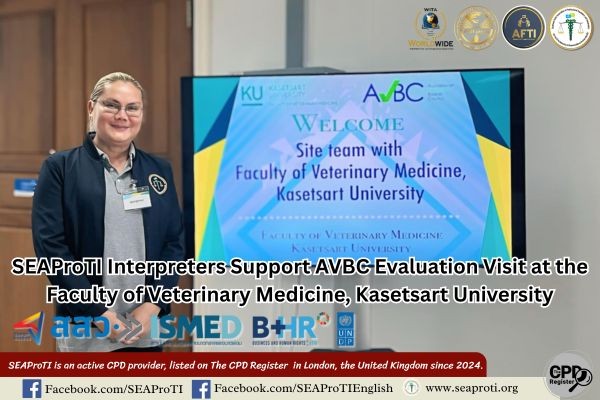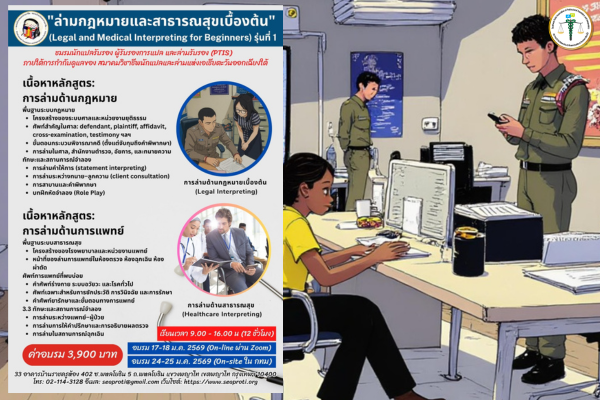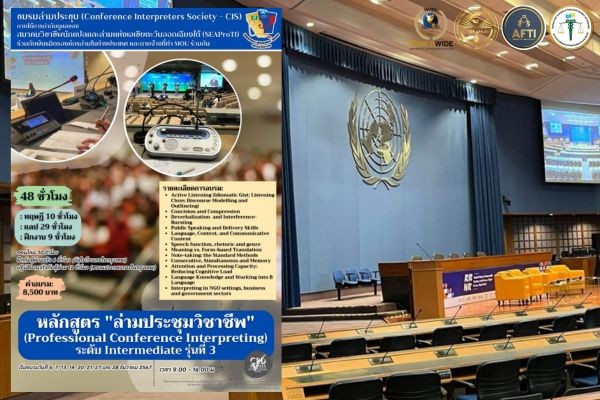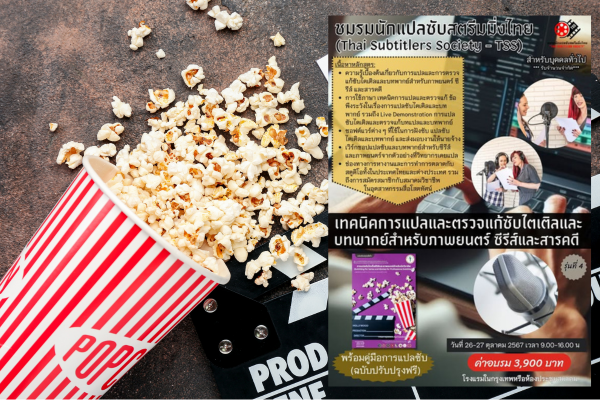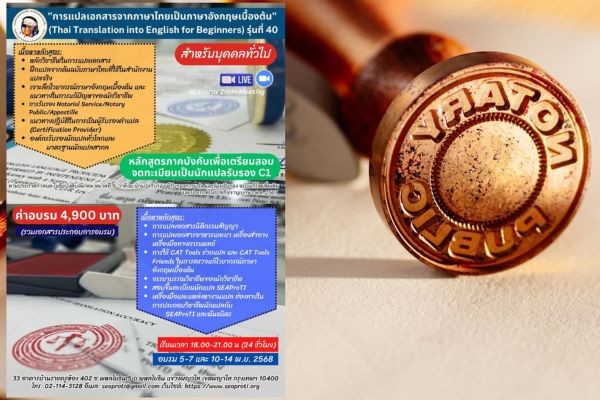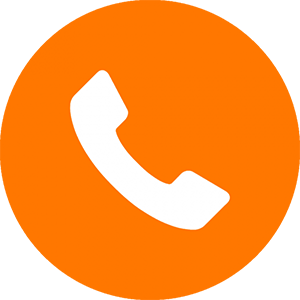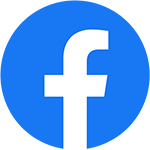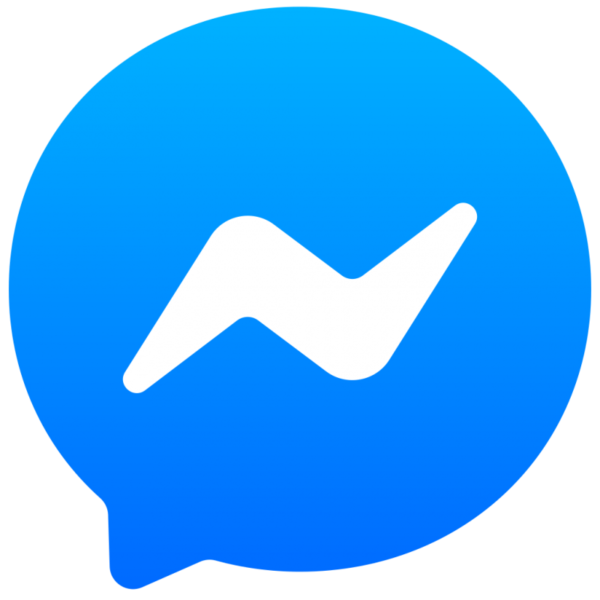From Stethoscope to Syntax: A Nurse’s Path to Medical Language Services
In today’s globalized healthcare industry, clear communication can save lives. As the demand for medical translation and medical interpreting services grows, professionals with clinical backgrounds are stepping into new roles. Nurses, with their hands-on medical experience and patient care skills, are perfectly positioned to become trusted providers of medical language services.
In this article, we explore how a nursing career can evolve into a rewarding profession in medical translation, interpreting, and writing, bridging the gap between healthcare providers and patients worldwide.
- Why Nurses Are Ideal for Medical Language Services
- Nurses possess unique skills that directly translate to the medical language field. These skills include:
- Medical Knowledge: A deep understanding of anatomy, physiology, pharmacology, and clinical procedures.
- Attention to Detail: Critical in both nursing care and medical document translation.
- Ethical Standards: Familiarity with confidentiality rules like HIPAA mirrors ethical standards in translation and interpreting codes.
- Patient Communication: Ability to explain complex medical concepts in simple terms, a crucial skill in healthcare interpreting.
Medical translators and interpreters must ensure no information is lost, misunderstood, or distorted. Nurses, trained to listen carefully and act precisely, naturally excel in these tasks.
What Are Medical Language Services?
Medical language services refer to the translation, interpretation, and writing of medical content, including:
- Medical Translation: Converting written documents such as patient consent forms, clinical trial reports, discharge summaries, and medical device manuals from one language to another.
- Medical Interpreting: Facilitating real-time oral communication between healthcare providers and patients who speak different languages.
- Medical Writing: Preparing clear, structured documents like patient education materials, scientific articles, or regulatory submissions.
Professionals in this field play a vital role in ensuring healthcare accessibility and patient safety, especially in multicultural and multilingual environments.
From Stethoscope to Syntax: The Career Transition
The path from nursing to medical language services often follows these steps:
1. Formal Language Training
Even with strong medical knowledge, understanding linguistic concepts is essential. Many nurses pursue additional education in:
- Professional translation and interpreting courses
- Medical terminology in multiple languages
- Writing for healthcare audiences
Courses certified by bodies like IMIA (International Medical Interpreters Association) or ATA (American Translators Association) can enhance credibility.
2. Specialization in Medical Fields
Medical language professionals often specialize in fields they know best, such as:
- Cardiology
- Oncology
- Surgery
- Pediatrics
Specialization builds confidence and ensures the accurate use of technical terms.
3. Certification and Professional Development
To be recognized as a qualified medical translator or medical interpreter, many nurses obtain certifications such as:
- Certified Medical Interpreter (CMI) by the National Board of Certification for Medical Interpreters
- Certified Healthcare Interpreter (CHI) by the Certification Commission for Healthcare Interpreters
- ATA Medical Translation Certification
- Certified interpreters (Legal and Medical) by the Southeast East Asian Association of Professional Translators and Interpreters (SEAProTI)
These certifications improve employability and trustworthiness.
Benefits of a Nursing Background in Medical Language Services
Transitioning from nursing to medical language services offers many advantages:
- Authority and Accuracy: Nurses understand the real-world implications of medical errors.
- Empathy and Sensitivity: Essential for interpreting sensitive discussions like diagnoses or end-of-life care.
- Cultural Competence: Nurses often work with diverse patient populations, developing a natural sensitivity to cultural differences.
- Career Flexibility: Medical language services offer remote, freelance, and in-house positions in hospitals, clinics, and translation agencies.
Moreover, as healthcare increasingly goes global, the demand for qualified medical translators and medical interpreters is expected to rise.
Challenges Nurses May Face When Transitioning
Despite the advantages, nurses entering medical language services may encounter challenges:
- Language Mastery: High-level proficiency is needed in both source and target languages.
- Mastering Syntax and Writing Styles: Clinical writing and translation require different styles from nursing notes.
- Understanding Regulatory Requirements: Translators must comply with strict international healthcare and privacy laws.
- Building Industry Reputation: It takes time to establish oneself as a reliable medical language professional.
However, with perseverance and continuous learning, nurses can successfully build a second career in this growing field.
Career Opportunities for Nurses in Medical Language Services
The healthcare and language industries offer multiple career paths for nurses:
- Medical Translator: Work with pharmaceutical companies, hospitals, or translation agencies.
- Medical Interpreter: Support patients during hospital visits, clinical trials, and telehealth appointments.
- Medical Writer: Create patient education materials, clinical trial documents, and healthcare marketing content.
- Localization Specialist: Adapt healthcare software, medical apps, and websites for global audiences.
Hybrid careers are also emerging — for example, nurses who interpret during patient visits and help hospitals build multilingual patient resources.
Conclusion: Bridging Healthcare and Language
For nurses looking to extend their impact beyond the bedside, medical language services offer a meaningful path. By combining clinical knowledge with linguistic expertise, nurses can help ensure that every patient, regardless of language, receives safe, informed, and respectful care.
Whether it’s through medical translation, interpreting, or writing, former nurses are shaping the future of global healthcare communication — one word at a time.
SEAProTI’s certified translators, translation certification providers, and certified interpreters:
The Southeast Asian Association of Professional Translators and Interpreters (SEAProTI) has officially announced the criteria and qualifications for individuals to register as “Certified Translators,” “Translation Certification Providers,” and “Certified Interpreters” under the association’s regulations. These guidelines are detailed in Sections 9 and 10 of the Royal Thai Government Gazette, issued by the Secretariat of the Cabinet under the Office of the Prime Minister of the Kingdom of Thailand, dated July 25, 2024, Volume 141, Part 66 Ng, Page 100.
To read the full publication, visit: the Royal Thai Government Gazette
จากหูฟังแพทย์สู่ไวยากรณ์: เส้นทางของพยาบาลสู่บริการด้านภาษาทางการแพทย์
ในโลกการดูแลสุขภาพที่โลกาภิวัตน์มากขึ้นทุกวัน “การสื่อสารที่ชัดเจน” คือหัวใจสำคัญที่ช่วยรักษาชีวิตผู้คนได้ เมื่อความต้องการ บริการแปลทางการแพทย์ และ บริการล่ามทางการแพทย์ เพิ่มสูงขึ้น ผู้เชี่ยวชาญที่มีประสบการณ์ในสายงานคลินิกจึงเริ่มก้าวเข้าสู่บทบาทใหม่ พยาบาลซึ่งมีประสบการณ์จริงในการดูแลผู้ป่วยจึงมีความเหมาะสมอย่างยิ่งในการก้าวมาเป็นผู้ให้บริการด้านภาษาในแวดวงการแพทย์
บทความนี้จะพาไปสำรวจว่า เส้นทางอาชีพพยาบาลสามารถเปลี่ยนมาเป็นอาชีพที่น่าภาคภูมิใจในสายงาน แปลทางการแพทย์ ล่ามทางการแพทย์ และงานเขียนทางการแพทย์ ได้อย่างไร พร้อมกับเชื่อมโยงช่องว่างระหว่างบุคลากรทางการแพทย์และผู้ป่วยจากหลากหลายเชื้อชาติทั่วโลก
ทำไมพยาบาลจึงเหมาะกับการให้บริการด้านภาษาทางการแพทย์
พยาบาลมีทักษะเฉพาะตัวที่สามารถนำมาต่อยอดได้อย่างลงตัวในสายงานภาษา ได้แก่:
- ความรู้ทางการแพทย์: มีความเข้าใจลึกซึ้งเกี่ยวกับกายวิภาคศาสตร์ สรีรวิทยา เภสัชวิทยา และกระบวนการรักษาพยาบาล
- ความละเอียดรอบคอบ: เป็นทักษะสำคัญทั้งในการดูแลผู้ป่วยและการแปลเอกสารทางการแพทย์
- มาตรฐานทางจริยธรรม: คุ้นเคยกับกฎเกณฑ์เรื่องความลับทางการแพทย์ เช่น HIPAA ซึ่งสอดคล้องกับจริยธรรมของนักแปลและล่าม
- ทักษะการสื่อสารกับผู้ป่วย: สามารถอธิบายแนวคิดทางการแพทย์ที่ซับซ้อนให้เข้าใจง่ายได้
นักแปลทางการแพทย์ และ ล่ามทางการแพทย์ จำเป็นต้องถ่ายทอดข้อมูลอย่างครบถ้วนและแม่นยำโดยไม่มีความคลาดเคลื่อน พยาบาลซึ่งได้รับการฝึกฝนให้ฟังอย่างตั้งใจและลงมือปฏิบัติอย่างแม่นยำจึงมีความได้เปรียบในด้านนี้
บริการด้านภาษาทางการแพทย์คืออะไร
บริการด้านภาษาทางการแพทย์ ครอบคลุมถึงการแปล การล่าม และการเขียนเนื้อหาทางการแพทย์ เช่น:
- การแปลทางการแพทย์: แปลเอกสาร เช่น แบบฟอร์มยินยอมเข้ารับการรักษา รายงานการทดลองทางคลินิก สรุปการจำหน่ายผู้ป่วย และคู่มืออุปกรณ์การแพทย์
- การล่ามทางการแพทย์: ถ่ายทอดการสื่อสารแบบปากเปล่าแบบเรียลไทม์ระหว่างผู้ให้บริการด้านสุขภาพและผู้ป่วยที่ใช้ภาษาต่างกัน
- การเขียนทางการแพทย์: จัดทำเอกสารเชิงโครงสร้าง เช่น เอกสารให้ความรู้ผู้ป่วย บทความวิชาการ หรือเอกสารยื่นขออนุมัติทางกฎหมาย
- ผู้เชี่ยวชาญด้านนี้มีบทบาทสำคัญในการทำให้การดูแลสุขภาพมีความทั่วถึงและปลอดภัยสำหรับทุกคน โดยเฉพาะในสภาพแวดล้อมที่หลากหลายเชื้อชาติและภาษา
เส้นทางจากหูฟังแพทย์สู่ไวยากรณ์
เส้นทางเปลี่ยนอาชีพจากพยาบาลสู่ผู้ให้บริการด้านภาษาทางการแพทย์มักประกอบด้วยขั้นตอนดังนี้:
1. การเรียนด้านภาษาอย่างเป็นทางการ
แม้จะมีความรู้ทางการแพทย์อยู่แล้ว แต่การทำความเข้าใจแนวคิดทางภาษาศาสตร์ก็จำเป็นเช่นกัน หลายคนเลือกที่จะเรียนเพิ่มเติม เช่น:
- หลักสูตรการแปลและล่ามระดับมืออาชีพ
- ศัพท์เฉพาะทางการแพทย์ในหลายภาษา
- การเขียนสำหรับผู้ฟังในแวดวงสุขภาพ
การเรียนจากสถาบันที่รับรองโดยองค์กรเช่น IMIA หรือ ATA จะช่วยเสริมความน่าเชื่อถือได้
2. การเลือกความเชี่ยวชาญเฉพาะด้าน
ผู้ให้บริการด้านภาษามักเลือกสาขาที่ตนเองถนัด เช่น:
- โรคหัวใจ
- มะเร็งวิทยา
- ศัลยกรรม
- กุมารเวชศาสตร์
การมีความเชี่ยวชาญเฉพาะด้านจะเพิ่มความมั่นใจและความแม่นยำในการใช้ศัพท์เทคนิค
3. การสอบใบรับรองและพัฒนาวิชาชีพ
เพื่อให้ได้รับการยอมรับในฐานะนักแปลหรือล่ามทางการแพทย์อย่างเป็นทางการ หลายคนเลือกสอบใบรับรอง เช่น:
- ล่ามทางการแพทย์รับรอง (CMI) โดย คณะกรรมการรับรองล่ามทางการแพทย์แห่งชาติ
- ล่ามด้านการดูแลสุขภาพรับรอง (CHI) โดย คณะกรรมการรับรองล่ามด้านการดูแลสุขภาพ
- ใบรับรองการแปลทางการแพทย์ของ ATA
- ล่ามรับรอง (ด้านกฎหมายและการแพทย์) โดยสมาคมวิชาชีพนักแปลและล่ามแห่งเอเชียตะวันออกเฉียงใต้ (SEAProTI)
ใบรับรองเหล่านี้ช่วยเพิ่มโอกาสทางอาชีพและความน่าเชื่อถือในวงการ
ข้อดีของการมีพื้นฐานพยาบาลในสายงานภาษาทางการแพทย์
การเปลี่ยนอาชีพจากพยาบาลมาสู่สายงานนี้มีข้อได้เปรียบหลายประการ ได้แก่:
- ความเชี่ยวชาญและความแม่นยำ: เข้าใจผลกระทบที่เกิดจากข้อผิดพลาดทางการแพทย์ได้อย่างแท้จริง
- ความเห็นอกเห็นใจ: สำคัญในการล่ามเรื่องละเอียดอ่อน เช่น การวินิจฉัยโรคหรือการดูแลระยะท้าย
- ความเข้าใจความหลากหลายทางวัฒนธรรม: พยาบาลมักมีประสบการณ์ทำงานกับผู้ป่วยจากหลากหลายเชื้อชาติ
- ความยืดหยุ่นในการทำงาน: งานด้านภาษาทางการแพทย์สามารถทำแบบอิสระ ระยะไกล หรือในสถานพยาบาลได้
นอกจากนี้ ในโลกที่การดูแลสุขภาพเชื่อมโยงกันมากขึ้น ความต้องการผู้เชี่ยวชาญด้านภาษาทางการแพทย์ที่มีคุณภาพก็จะยิ่งเพิ่มขึ้น
ความท้าทายที่อาจเกิดขึ้น
แม้มีข้อได้เปรียบมากมาย แต่พยาบาลที่เปลี่ยนสายงานอาจต้องเผชิญกับความท้าทาย เช่น:
- ความชำนาญด้านภาษา: ต้องมีทักษะภาษาทั้งต้นทางและปลายทางในระดับสูง
- การควบคุมไวยากรณ์และรูปแบบการเขียน: งานเขียนและการแปลมีรูปแบบเฉพาะต่างจากบันทึกการพยาบาล
- การปฏิบัติตามข้อกำหนดทางกฎหมาย: ต้องเข้าใจข้อกำหนดด้านสุขภาพและความเป็นส่วนตัวระหว่างประเทศ
- การสร้างชื่อเสียงในวงการ: ต้องใช้เวลาในการสร้างความน่าเชื่อถือ
อย่างไรก็ตาม ด้วยความพยายามและการเรียนรู้อย่างต่อเนื่อง การสร้างอาชีพที่มั่นคงในสายงานนี้เป็นสิ่งที่เป็นไปได้
โอกาสทางอาชีพสำหรับพยาบาลในสายงานภาษาทางการแพทย์
มีเส้นทางอาชีพมากมายให้เลือก เช่น:
- นักแปลทางการแพทย์: ทำงานกับบริษัทเภสัชกรรม โรงพยาบาล หรือเอเจนซี่แปลภาษา
- ล่ามทางการแพทย์: สนับสนุนการสื่อสารระหว่างการเยี่ยมแพทย์ การทดลองทางคลินิก หรือการให้บริการสุขภาพทางไกล
- นักเขียนทางการแพทย์: สร้างสื่อให้ความรู้ผู้ป่วย เอกสารการทดลอง หรือเนื้อหาการตลาดด้านสุขภาพ
- ผู้เชี่ยวชาญด้านโลคัลไลเซชัน: ปรับเนื้อหาซอฟต์แวร์หรือแอปสุขภาพให้เหมาะกับผู้ใช้ในแต่ละภูมิภาค
นอกจากนี้ ยังมีเส้นทางไฮบริด เช่น พยาบาลที่ทำหน้าที่ล่ามในสถานพยาบาลและพัฒนาทรัพยากรหลายภาษาให้กับโรงพยาบาล
สรุป: เชื่อมสะพานระหว่างการดูแลสุขภาพและภาษา
สำหรับพยาบาลที่ต้องการขยายบทบาทจากการดูแลที่ข้างเตียง การเข้าสู่สายงานบริการด้านภาษาทางการแพทย์คือทางเลือกที่เต็มไปด้วยความหมาย ด้วยการผสานความรู้ทางคลินิกเข้ากับความเชี่ยวชาญด้านภาษา พยาบาลสามารถช่วยให้ผู้ป่วยทุกคนได้รับการดูแลอย่างปลอดภัยและมีข้อมูลครบถ้วน
ไม่ว่าจะผ่านการแปลทางการแพทย์ การล่าม หรือการเขียน พยาบาลที่ผันตัวมาสายภาษากำลังร่วมกันสร้างอนาคตใหม่ของการสื่อสารด้านการดูแลสุขภาพทั่วโลก ทีละคำ
เกี่ยวกับนักแปลรับรอง ผู้รับรองการแปล และล่ามรับรองของสมาคมวิชาชีพนักแปลและล่ามแห่งเอเชียตะวันออกเฉียงใต้
สมาคมวิชาชีพนักแปลและล่ามแห่งเอเชียตะวันออกเฉียงใต้ (SEAProTI) ได้ประกาศหลักเกณฑ์และคุณสมบัติผู้ที่ขึ้นทะเบียนเป็น “นักแปลรับรอง (Certified Translators) และผู้รับรองการแปล (Translation Certification Providers) และล่ามรับรอง (Certified Interpreters)” ของสมาคม หมวดที่ 9 และหมวดที่ 10 ในราชกิจจานุเบกษา ของสำนักเลขาธิการคณะรัฐมนตรี ในสำนักนายกรัฐมนตรี แห่งราชอาณาจักรไทย ลงวันที่ 25 ก.ค. 2567 เล่มที่ 141 ตอนที่ 66 ง หน้า 100 อ่านฉบับเต็มได้ที่: นักแปลรับรอง ผู้รับรองการแปล และล่ามรับรอง
